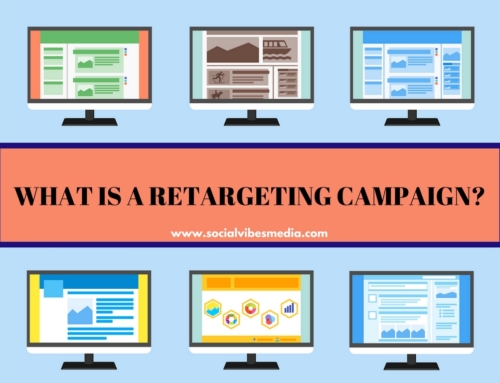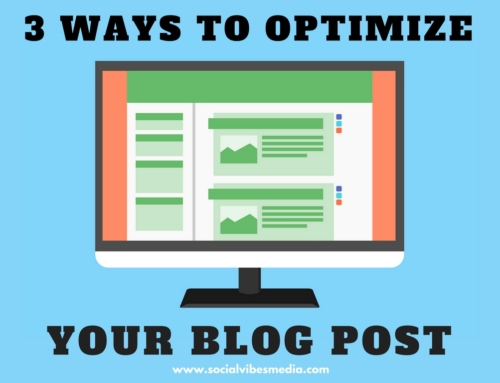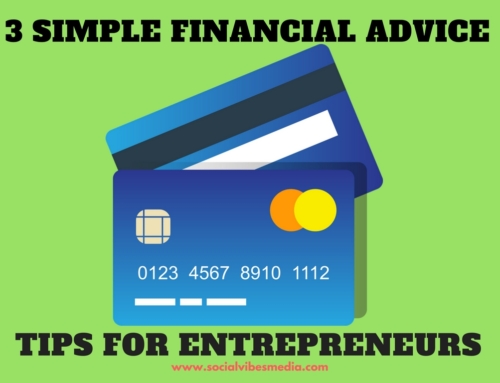I apply the same principle that I would when creating blog articles or optimizing a page for a client. Press releases are no different.
- Create headlines that catch your eye. I love to use this link (http://coschedule.com/headline-analyzer#) because it allows you to analyze the effectiveness of your headline by using a score sheet and even offers some suggestions for improving the headline. You definitely want to be sure your headline includes some of your main keywords, but your keywords should not entirely dominate the headlines — you want to humanize the headline, not hammer it down.
- Focus on real, authentic, organic language. What does that mean? Google algorithms have gotten a lot smarter that they can detect when an article is purposely full of keywords to simply boost SEO — this is called keyword stuffing. So if your releases is promoting the latest shoes for your company. The keyword “shoes” should not appear 20x on your release. Instead, focus on organic language. What might people search for? Red-pump, high-heeled shoes that Beyonce wore for VMA’s? Or, latest women shoe trends for spring 2016?
- Hyperlinking is always a good idea for press releases. But just like everything else, there must be a balance. Rule of thumb: include at least 3-4 hyperlinks in your press release. Do not excessively hyperlink as this will cause Google to penalize your release. Hyperlinking is still a good idea because it creates back links back to your site, which increase domain authority for your website. Hyperlink the name of business and then perhaps one or two main keywords/key phrases
- Last but not least, focus on long-tail keywords rather than short tail keywords. Short tail keywords are extremely competitive to rank for and get release will get buried in the sea of forgotten souls . Long-tail keywords have a higher chance of ranking and they center around authentic conversations. For example, the word “YouTube” is really hard to rank for since every marketeer and their mother must be writing about this topic. This is an example of short-tail keyword. But if I change the keyword to “How to Create a YouTube Channel if You are Small Business on a Budget”, now this becomes a long-tail keyword. The conversation is more specific and in centers around words or phrases that the average user might be searching.
















Leave A Comment